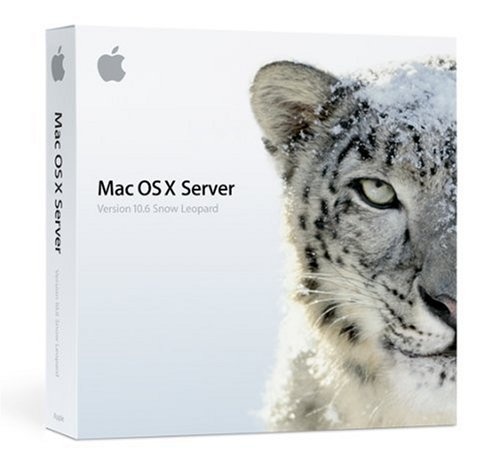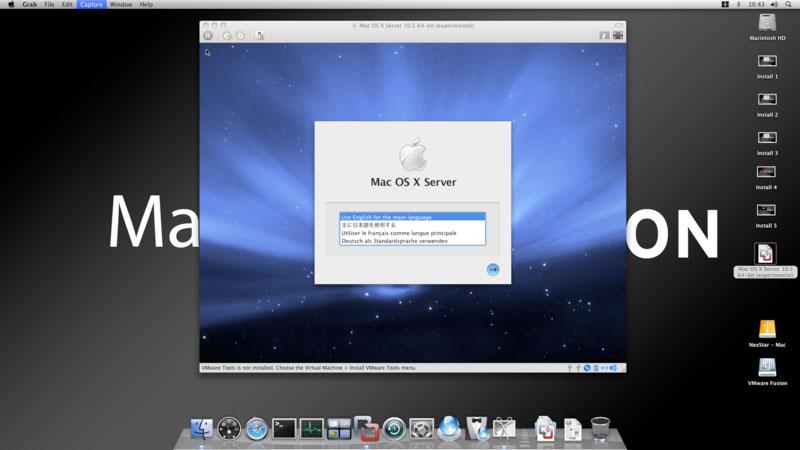

This configuration really depends on what services you are using and how you wish to have them configured. They can serve as a modem/router that establishes and controls the entire network, or can be appended to the existing network to provide side services like file sharing. With regard to where the server is placed hierarchically in the network, servers usually sit in a closet or server room of sorts and provide file sharing, printer sharing, and other centralized services to the local network. OS X Client offers local account management for setting administrative rights and parental controls however, these can be done for all computers with central account management through OS X Server (click for larger view). OS X Server supports these options, allowing you to cluster servers together to enhance their reliability and performance.

In good network service infrastructures there will be automatic fallback servers that are in sync with the main server, and which will take over if the first one goes down however, this requires a lot of configuration and purchasing of appropriate server hardware to implement properly, which may be beyond most homes and small businesses.

Additionally, using the server for alternative purposes may require rebooting, which will interfere with client connectivity. For example, if you have a high-traffic Web site or database server, then if you try to play fancy games on the same computer you chance timeouts and other problems with the server's Web clients. Servers are generally dedicated machines for specific tasks (an e-mail server, a DHCP/Firewall server), and for stability and performance it is generally best to have a server that is not otherwise used. There are some optimizations that OS X Server will perform to better enhance the performance of the background services, but these usually do not affect how well a program runs.
Os x server software#
The system should not be affected by the presence of the server software (just as it should not be affected by any other software packages), so you should be able to run normal OS X applications just fine without any performance hits. If you need more than this then a server package may be required (click for larger view). OS X includes a number of sharing servers (services) and basic configurations for them. You end up with one system that has a single installation of OS X "Server," not two separate installations and not one that can be dynamically switched between the standard client and server configurations as is needed.
Os x server install#
When you install OS X Server, you add a number of services and enhanced configuration programs to the existing OS X installation that give you far greater ability to provide network services and that change these services' capabilities. These server packages can be used to turn an OS X client into a rudimentary server of sorts, but by default both the types of included server options and your ability to configure them are limited, primarily to that which would be most useful to home users. There are also a number of hidden and unused server packages such as the FTP server that have been replaced with more secure or faster options, but which can be configured for use if needed.
Os x server windows#
OS X comes with several servers installed, including those for network services like screen sharing, printer sharing, and file sharing, and also those for local application support such as the window "server" that draws windows and interface elements on the screen. How should you wire the server to the modem-router? Ethernet to the router and computers Wi-Fi between them and to the server? (I mean, is there a hierarchy like all should go first through the server?)
Os x server mac#
MacFixIt reader Pedro recently wrote in with questions that others interested in the server will undoubtedly have:, can you run OS X Server on an iMac running Mountain Lion? Do you end up with two machines: the server and the computer? Do you have to switch tasks (now the server, then the iMac)? Does the installation (and operation) of the server slow the iMac to any degree? Is it perhaps better to run the server on a physically different machine (like a Mac Mini)? If you're wondering what it is for and what it will do to the system when installed, read on. In addition to the standard OS X installation that you purchase from the Mac App Store, you can use Apple's OS X Server package to convert your system into OS X Server.


 0 kommentar(er)
0 kommentar(er)
